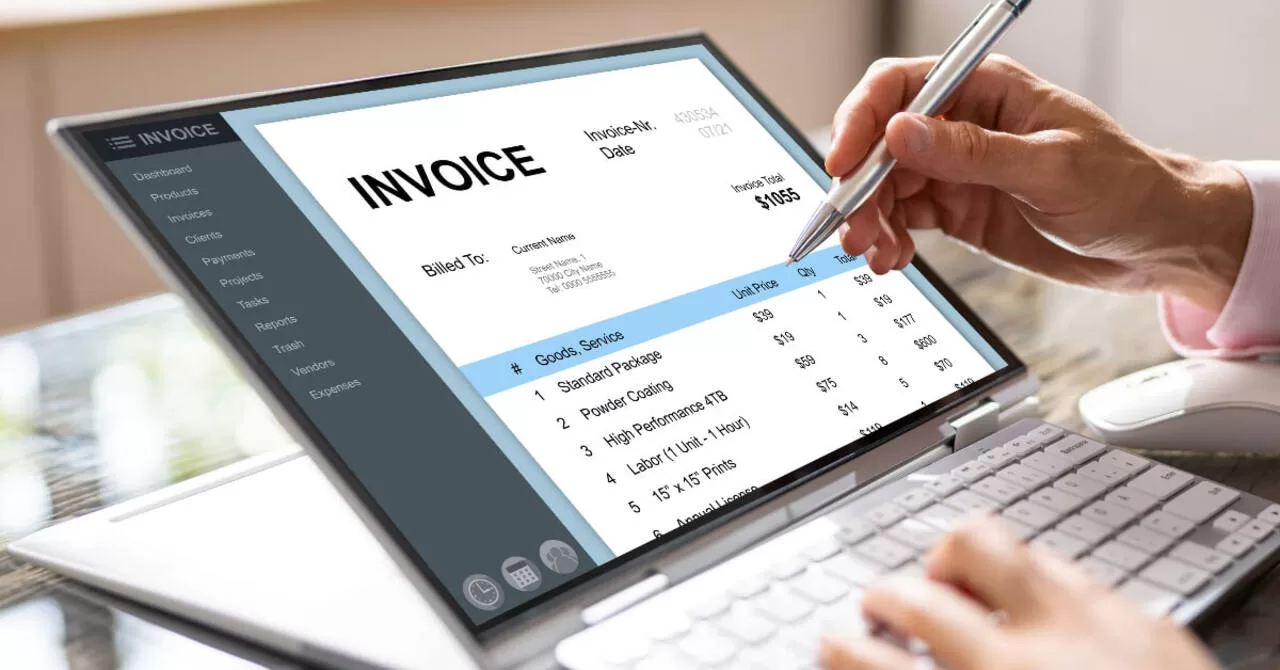Small businesses must ensure secure data transmission because data security is critical to reputation and success. In today’s digital world, customers want to know that the data is safe when they input it into the company.
The previous advances in technology have made data transfer much easier than before. However, only some companies know the methods and technologies for safe data transfer. I discuss multiple ways to ensure secure data transfer for small businesses.
Secure File Transfer
Secure data transmission consists of all the techniques and practices used to protect private information from unauthorized access when they are transited between the cloud storage system and computers.
Moreover, safe online transactions will ensure that customers’ personal information is not accessed by anyone except the intended recipient. Which adds an important layer of protection and trust against data breaches or hacking.
What Is Secure Data Transfer?
Secure data transfer consists of encrypted digital files because they travel between the sender and recipient over unsecured networks like Wi-Fi. The Internet stops messages, passwords, attachments, and much more from being intercepted by virus actors like hackers.
It also involves setting permission levels for the control, which can access different types of sensitive information both after and before a file transfer. Suppose you want to verify your identity during the transfer. In that case, two parties must authenticate each other using mutually agreed-upon means like multi-factor authentication or one-time passwords.
The data encryption that uses Virtual Private Networks or Transport Layer security will be used as an additional security measure when transmitting private files over public networks.
Why Is It Important To Send Data Securely?
When you email any important document or download something from the web, there is always a risk that a hacker or third party could intercept your message, even if it is encrypted with strong encryption algorithms such as AES-256.
But if someone gets hold of the encryption keys, they will still decrypt your message. That’s why it is beneficial for you to keep these keys very safe. In addition, any transaction record stored on the physical servers must be accurately locked down with restricted permission, so authorized personnel can access them. You need to do this to comply with General Data protection regulations.
The failures in this measure must result in huge fines for non-compliance. They damage the reputation of the company because they mishandle the customer information. It will lead to a potential lawsuit, and the information will be leaked and sold on the dark web.
Unfortunately, this will happen regularly to companies that didn’t take a serious approach to secure digital assets. If you leave them, they will be vulnerable to extremely high-cost attacks without powerful security measures.
What Are The Various Ways To Securely Transfer Data?
Now, here I will discuss some of the different ways Companies can use and send confidential documents to each other through short-term transfers and long-term cloud storage services like Dropbox and Google Drive.
The most common method that the Companies can use is to option a secure file transfer protocol where the servers must be set up with the settings of permission that are completely based on the requirements and file transfer. It will done through the required valid password verification before any download.
This will ensure maximum control and protection when dealing with many customer-transferred data. Or private information from one location to another. Moreover, the organization must consider Virtual Private Network Technology, Transport Layer security protocols, and encryption algorithms like Advanced Encryption Standard.
These all help add the extra layer of security, which stops man-in-middle attacks where the attacker intercepts the transmission and attempts to take valuable information along the way. All these approaches I discuss will help you reduce 3rd party looking to access highly sensitive information.
Encrypt Your Data Before Transferring It
Data encryption is one of the most important steps that you can take to ensure safe and secure data transmission. Before sending the encrypted messages to the public network, you must make them unreadable unless they are correctly decrypted.
Some encryption techniques include symmetric key cryptography, which uses the secret keys shared between the receiver and sender.
What Are Some Common Encryption Techniques For Data Transmission?
Symmetric key cryptography, in which secret keys are share between sender and receiver. The asymmetric key cryptography, in which public and private keys interact using patented algorithms, hashing functions to generate unique signature codes based on content, and strong 128-bit AES ciphers or stronger are common encryption methods.
How Can Encryption Help with Security During Data Transfer?
Encryption helps to protect communications passing through multiple devices over different networks from compromised endpoints, such as hackers eavesdropping and looking for vulnerabilities across multiple communication channels, allowing unauthorized access to transmit stolen personal/sensitive information if enabled. Without some form of advanced encryption in use, then potentially clear text messages could easily be read and intercepted while still routed to destination host computer systems, essentially leaving the door wide open virally speaking, attracting viruses, malware, Trojans, worms, etc., to run wild and destroy anything of value within the computing infrastructure containing sensitive information about customers/clients, etc.
Read: The Introduction And Types Of Communication Systems
References:




